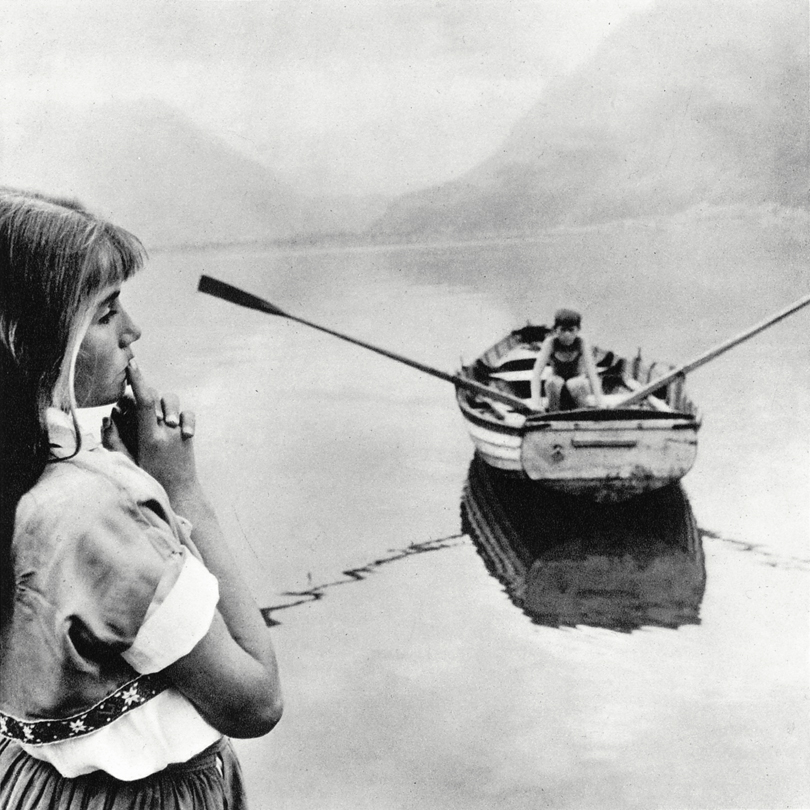Vintage works
The term ‘vintage’ in photography - like in other disciplines - implies a certain age, authenticity, and value.
But what does it mean exactly?
A vintage print is a photographic print made shortly after the creation of the negative. This is not an exact science: roughly, a gap of a few years between the negative and its first print is allowed, but ten years is not. What’s important is that it’s the first print or series of prints made or commissioned by the photographer. Furthermore, prints can only be called vintage when they’re at least 25 years old.
That means that the first print made by a photographer right now by definition isn’t vintage – but it will be in 25 years.
When treating photography as an art form, a vintage print can be considered the ‘original’, and they are often signed by the photographer. That generally makes them the most valuable prints, but it doesn’t mean later prints are essentially worthless like copies of paintings are. There is, of course, a difference between the uniqueness of a painting and the reproducibility of a photograph, and the market has adjusted to that. The term is relatively new: only in the early 1980s, when the photography market slowly but surely transformed from a primitive scene of a handful of enthusiasts into an actual business, the term was coined by Sotheby’s to create some order in the chaos of prints. ‘Vintage’ has been a signifier of authenticity ever since.



